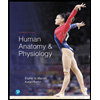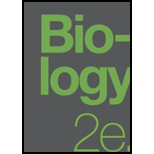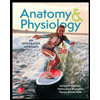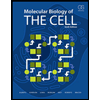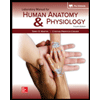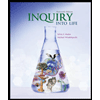During oogenesis, meiosis results in:A) four equally sized cells that stop dividing in meiosis 1B) 2 equally sized cells, but only one that is typically fertilizedC) 2 equally sized cells that are both typically fertilizedD) 2 or 3 small cells and one large cell that develops further if fertilized
Oogenesis
The formation of the ovum (mature female gamete) from undifferentiated germ cells is called oogenesis. This process takes place in the ovaries (female gonads). Oogenesis consists of three stages known as the multiplication phase, growth phase, and maturation phase.
Cell Division
Cell division involves the formation of new daughter cells from the parent cells. It is a part of the cell cycle that takes place in both prokaryotic and eukaryotic organisms. Cell division is required for three main reasons:
During oogenesis, meiosis results in:
A) four equally sized cells that stop dividing in meiosis 1
B) 2 equally sized cells, but only one that is typically fertilized
C) 2 equally sized cells that are both typically fertilized
D) 2 or 3 small cells and one large cell that develops further if fertilized
Trending now
This is a popular solution!
Step by step
Solved in 3 steps

